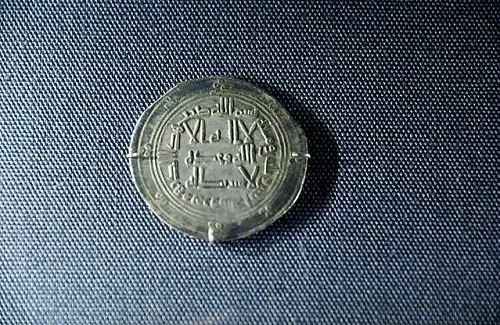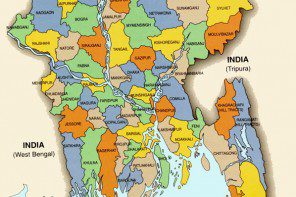The Abu Muslimiyya rebellions refer to a series of uprisings that occurred during the reign of Caliph al-Mansur (754-775 AD). These rebellions emerged as a consequence of the growing nationalist sentiments in Khurasan, particularly after the downfall of Abu Muslim.
Who was Abu Muslim?
Abu Muslim (unknown – 775 AD) was an influential Iranian military general who played a crucial role in the rise of the Abbasid Caliphate and their overthrow of the Umayyad caliphate. He held a significant power base in Khurasan and emerged as a kingmaker during the Abbasid revolution, removing the Alid claim to power and facilitating the ascension of the Abbasids in Kufa. However, despite his instrumental contributions, there was no guarantee of his unwavering loyalty to the Abbasids.
Differences between Abu Muslim and the new caliph Al-Mansur, further exacerbated the situation. The Abbasid state owed a great debt to the forces of Khurasan, which were under Abu Muslim’s leadership. In the early years of Al-Mansur’s reign, Abu Muslim supported him in eliminating another claimant to the caliphate, Abdallah b. Ali. Eventually, in 775 AD, Al-Mansur executed Abu Muslim on the charge of heresy.

Abu Muslimiyya Rebellions
The initial sparks of unrest began with Sunbadh, a native of Nishapur, who led a rebellion in 138/755. Sunbadh propagated the belief that Abu Muslim had not perished but had instead entered a state of occultation. According to his preaching, Abu Muslim would return in the future alongside Islamic and Mazdean messiahs, namely the Mahdi and Mazdak.
The Abu Muslimiyya rebellions encompassed various other uprisings as well. In approximately 140/758, Ishaq the Turk rebelled in Juzjan. Subsequently, between 147 and 151/765 and 768, Ustadhsis led a rebellion in Herat, Badhghis, and Sistan. Another prominent figure, al-Muqanna, rose in rebellion around 160/776 and continued until 163/779, operating in Marw al-Rudh, Balkh, and Bukhara.
Collectively, these rebellions are known as the Abu Muslimiyya rebellions, reflecting their association with the ideals and influence of Abu Muslim.
Summary
Abu Muslimiyya Rebellions highlighted the nationalist exuberance of the people of Khurasan, particularly their desire for a Persian leader. The movements sought to challenge the authority of the Abbasid caliphate and were driven by the anticipation of the return of Abu Muslim, accompanied by messianic figures from both Islamic and Mazdean traditions, in order to establish a new order.
References
- El-Hibri, Tayeb, The Abbasid Caliphate, Cambridge University Press, 2021.







